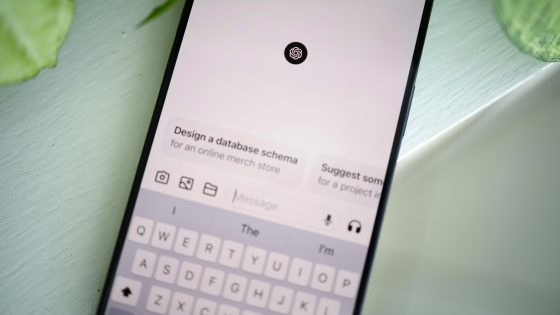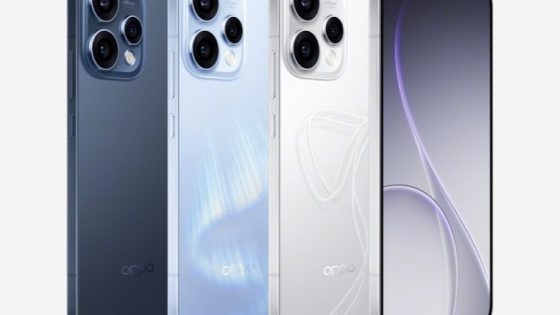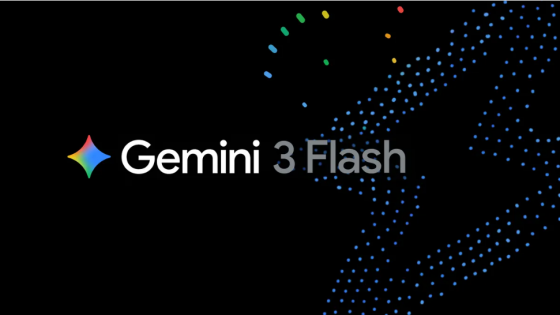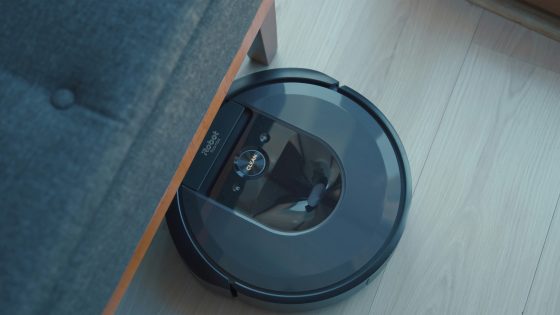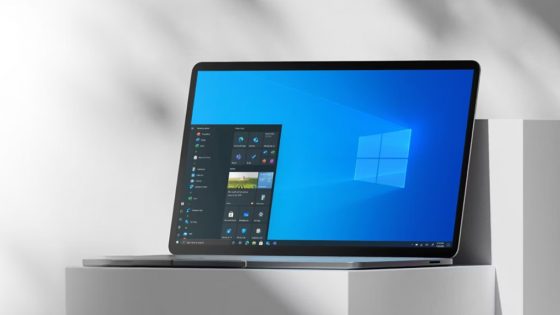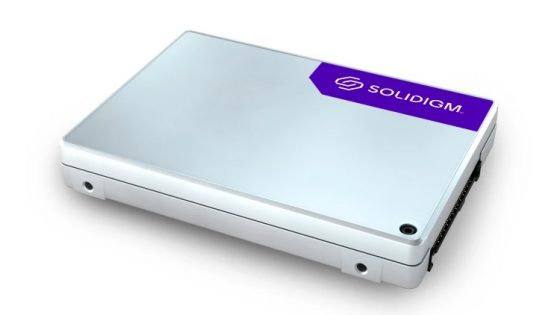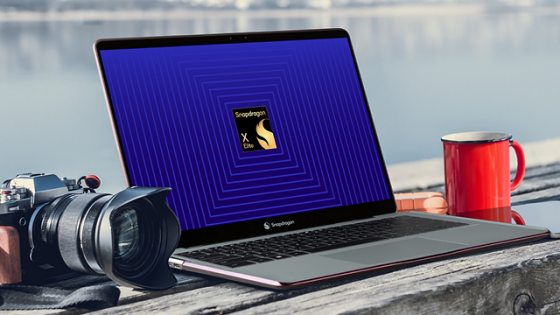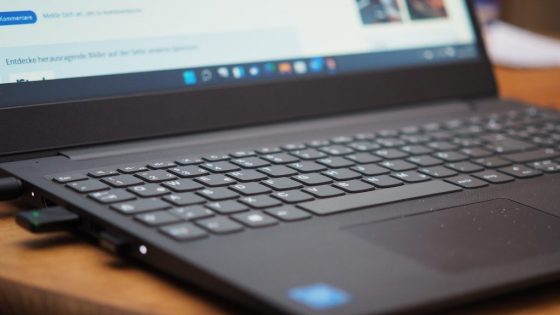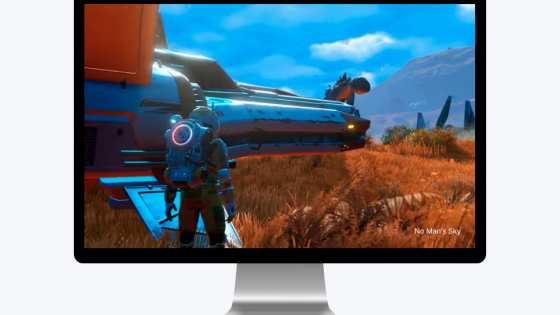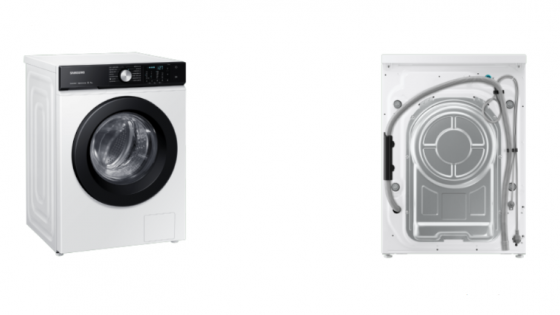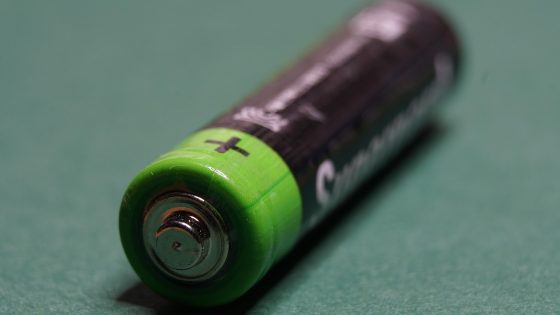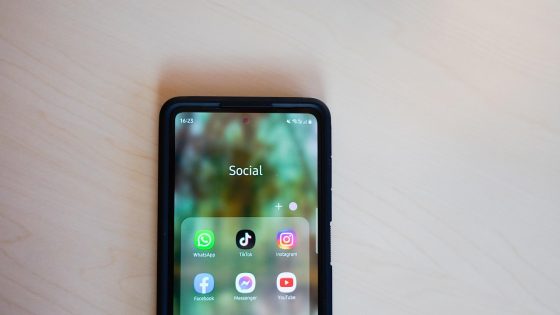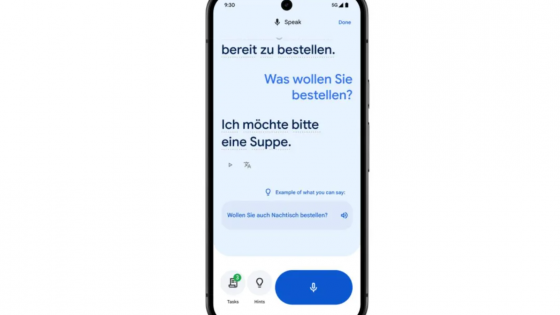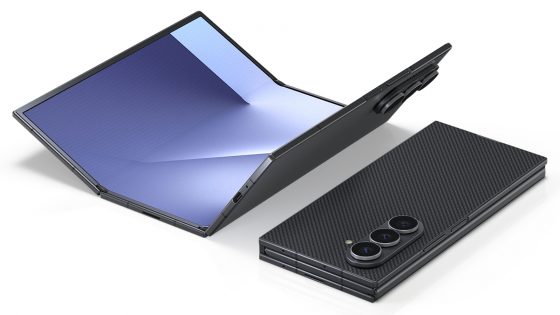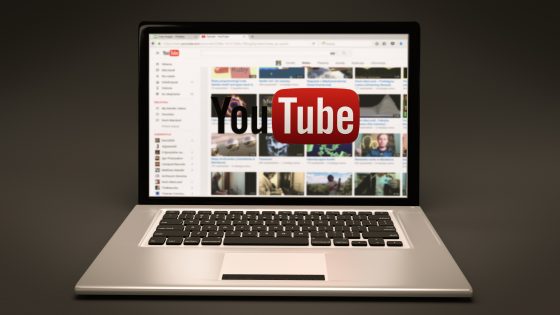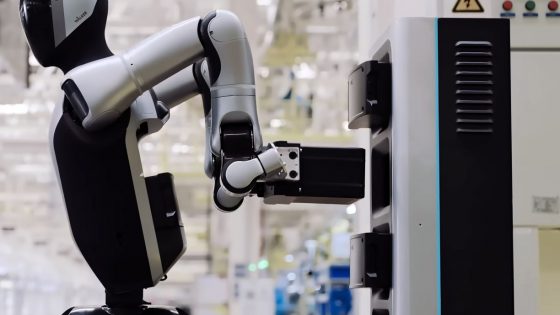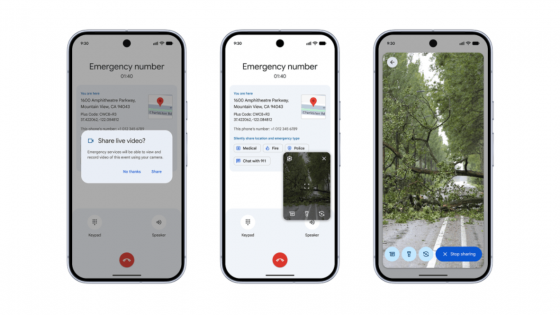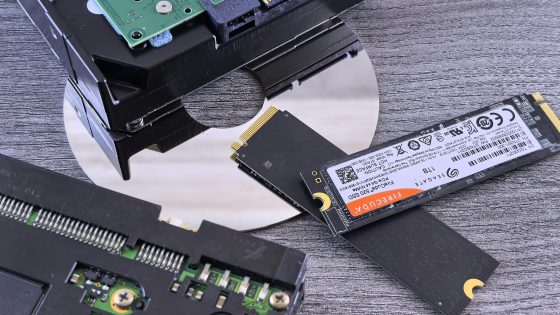Samsung Galaxy Watch7 test: the battery is still the deciding factor
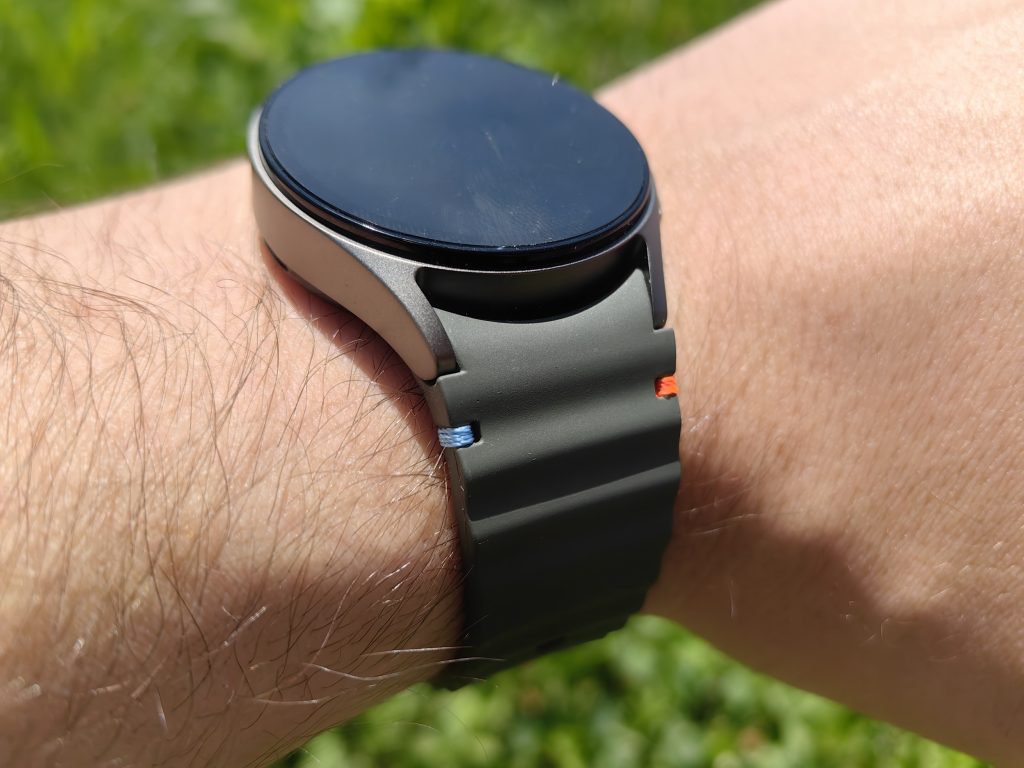
The Samsung Galaxy Watch7 is the logical successor sixes, but this year there is no Classic version, which is not good news for fans of the rotating bezel. The Galaxy Watch Ultra may be the spiritual successor to the Galaxy Watch5 Pro, but they undoubtedly want to compete with Apple's Ultra. More about it when I get it for a test.
Galaxy Watch7 and 6 are extremely similar, outwardly I would confuse them very quickly. The differences are deep inside - a new chip, AI features... - but they have one common feature that many will stumble upon.
| Advantages | Weaknesses |
| A good, dynamic screen | 1 day battery |
| Precise functions | The gesture is not always detected |
| Comfortable strap | Requires a Samsung phone for optimal performance |
| Fast operation | |
| Overview measurements | |
| Gestures are useful |
Samsung Galaxy Watch7 price?
- Samsung Galaxy Watch7 (Bluetooth, 44 mm): €349
- Galaxy Watch7 (Bluetooth, 40 mm): €319
- Samsung Galaxy Watch7 (LTE, 44 mm): €399
- Galaxy Watch7 (LTE, 40 mm): €369
Samsung Galaxy Watch7 – beauty has never been in question
Aluminum body, sapphire glass on the screen, IP68 waterproof rating, 1.3-inch (on the 40mm, 1.5-inch on the 44mm version) AMOLED screen, it's all the same as last year. I don't mean to blame her for this, because I don't expect that it is necessary to drastically innovate in these areas every year. Especially if everything works as it should.
The aluminum and sapphire crystal worked well during the test, and even with long-term use, I assume that the watch will not suffer the consequences of minor collisions. The screen is large and bright enough, and the AMOLED panel also ensures color accuracy. The IP68 rating is already kind of expected for this kind of smartwatch anyway. It can survive depths of up to 50 meters for 10 minutes (fresh or salt water), it also meets the MIL-STD-810H military certification, which means that it is ready for all weather conditions, extreme temperatures and the like.
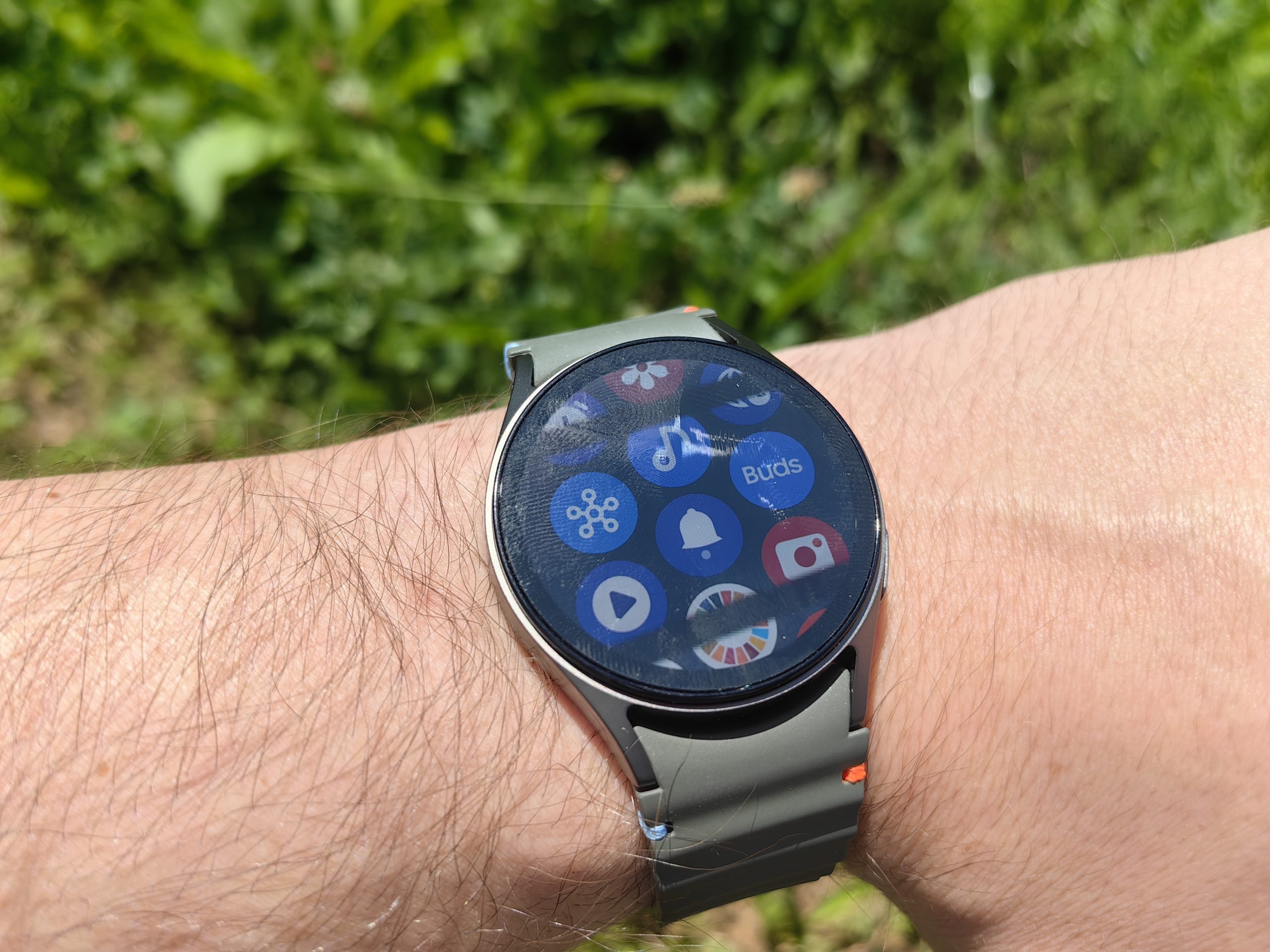
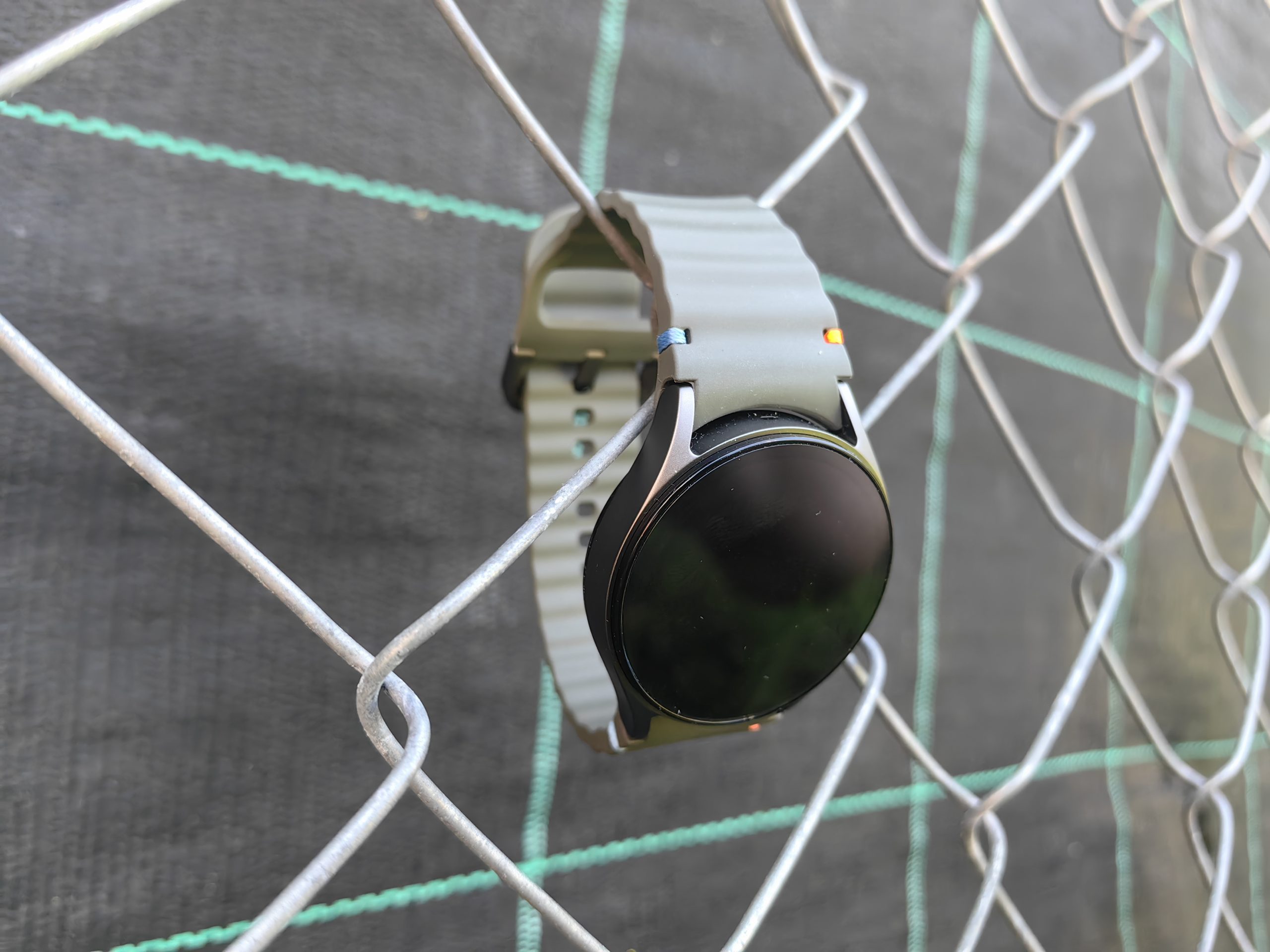
Rubber and fabric straps are available, and third-party straps (in 20 mm version) can be purchased. You can remove the strap by pressing the pin on the back of the watch, easily and quickly. Unfortunately, I was given the 40mm version for the test, which is too small for my wrist. I was still able to wear it, but it was bursting at the seams at the first hole, so my girlfriend wore it too, and that's how I got confirmation that the watch is comfortable. The strap has a blue and orange fabric accent on both sides. It has no real function, just for entertainment.
On the right side are two physical buttons for navigating through functions and returning to the home screen. In the settings, you can change where they take you, for example to recently opened apps, the app in question or to the Bixby voice assistant. There are also special gestures, just like last year. For example, you can open exercises by imitating the tapping motion.
It runs on the new WearOS 5 operating system with an improved processor (Exynos W1000) and double the drive capacity (32 GB) for music, photos and applications. They also added dual-frequency GPS for better accuracy during workouts, especially in urban environments where there are more distractions.
The watch is responsive, moving between menus is smooth, but I encountered two software errors. Swiping down, which should open the taskbar with shortcuts and settings, didn't always work. After a workout or when I was steering through various functions for a long time, the move didn't work. I had to swipe up first which brings up all installed apps and then it started working. The bug was present even after a factory reset.
Another bug that was more annoying was the random vibrating. A few times a day the watch vibrated and I couldn't figure out what the reason was. It wasn't for a notification or a movement reminder or anything like that. The vibration pattern was also different. After the reset, the bug disappeared, so I can't rule out that I messed something up in the settings.
Otherwise, I have no comments about the system. Last year I noticed occasional stuttering between menus, this year there is no such thing. The data for the individual exercises/cards is well divided, clearly marked, even in terms of quantity, I think it is enough for the average user. There's an app for more, though I don't think most people will even need it.
Samsung Galaxy Watch7 works best with Samsung phones or are all the features only available on Samsung phones: ECG, blood pressure, gestures, sleep apnea... The watch refused to connect to the Huawei Mate 50 Pro, but it did connect to the POCO X6 Pro, but without access to the aforementioned features. In previous years, users were able to install a modified application Samsung Health Monitor, which allowed access to these features on unsupported phones. I haven't been able to verify whether it also works on this year's version.
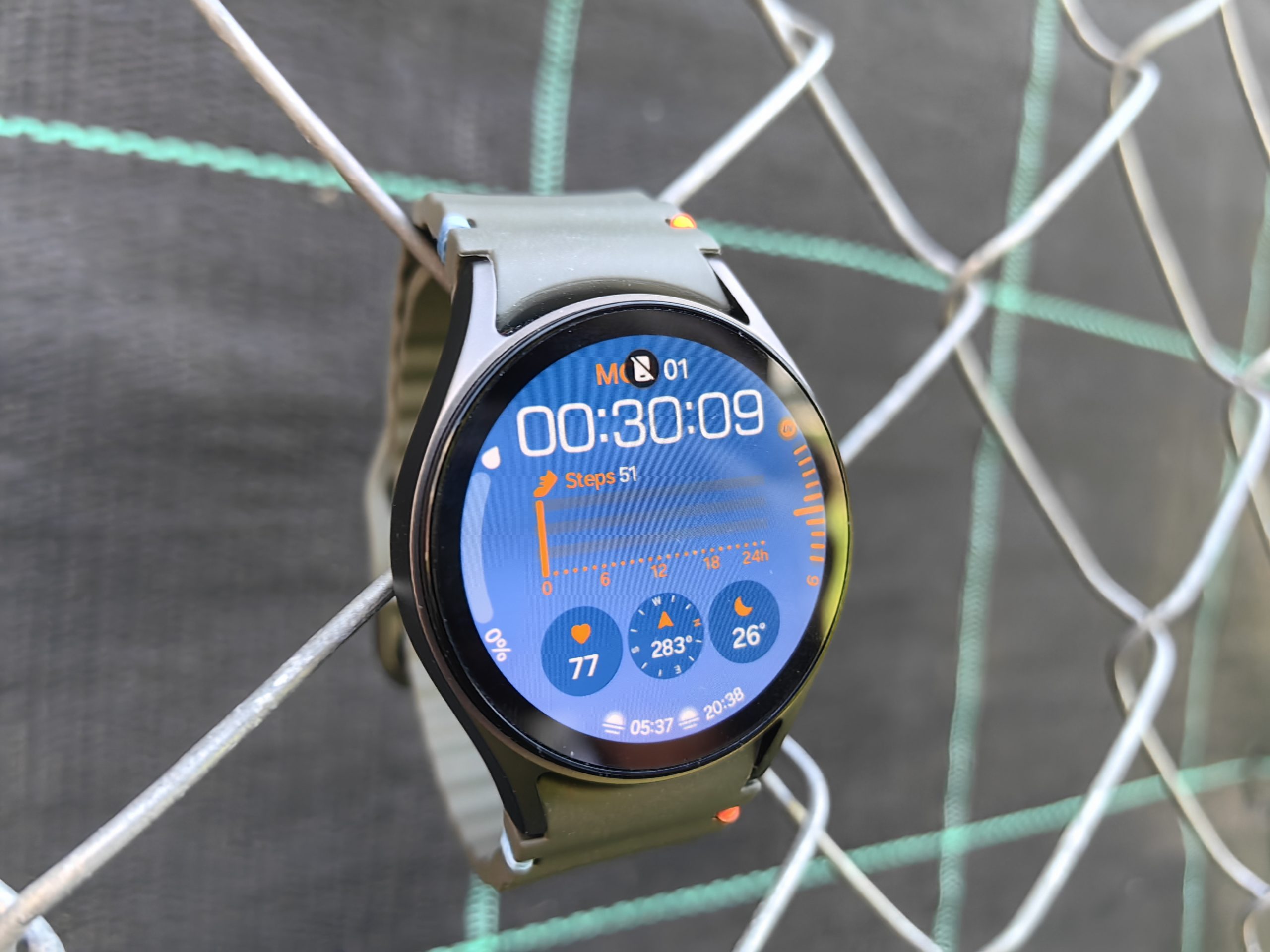
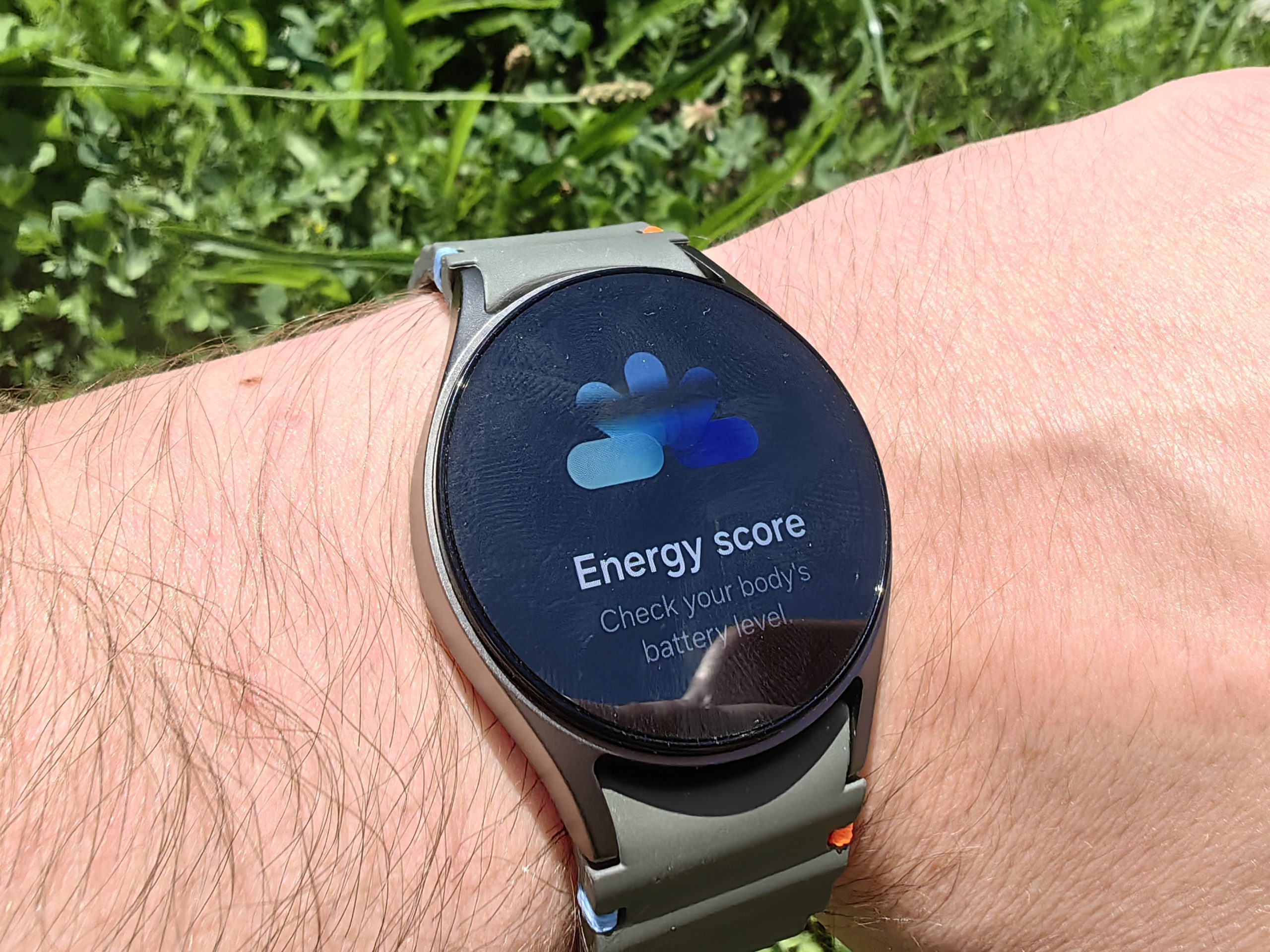
It tracks practically everything
Sleep, sleep apnea, one hundred and one exercises, blood pressure, ECG, blood oxygen saturation (SpO2), breathing pattern, skin temperature... It measures absolutely every detail in the body and, with the help of Galaxy artificial intelligence, combines the analyzed data into an Energy Score. In the case of worse results, she will advise you on what you can do to improve your energy value. My average score was around 70, and even the short walk I didn't take the day before improved my score by a few points.
You can set up multilevel workouts and, for example, outline what heart rate you want to maintain during training. During sleep, it also pays attention to your breathing, how much you snore and finds out if you might have sleep apnea. You can also have an EKG done at any time to monitor any changes that might alert you that it's time to see a doctor. It can also measure your body mass index.
That being said, for advanced features (ECG, Galaxy AI…) you will need a Samsung phone. You will need to install two additional apps on your phone, Samsung Health and Samsung Health Monitor. The first is a dashboard for all the data about your workouts, sleep, and the like. The other is needed for ECG measurements and sleep apnea.
The measurements were accurate according to my results. During sleep, it missed some intermediate awakenings or detected the morning awakening too late, the step measurement was accurate, the improved GPS did a good job in measuring the location, but for ECG and similar advanced functions, it is difficult to say how much deviation there is.
Then you get to the battery
So she does well, but then you have to say that you have to use all of the above in less than 20 hours, because then it's time to charge, which is also not exactly lightning fast. Another 20 is a very optimistic number, depending on whether you regularly use the features that are the biggest consumer. I turned off the always-on screen after a few hours, because after 3 hours of moderate use I used up 25 % batteries, I only turned on the GPS when I really "felt" where I was wandering. I always checked before going to bed that I had at least 35 % batteries, otherwise it wouldn't last until morning.
The Samsung Galaxy watches could be a fair match for anyone on the market, but in my eyes they can't be until they fix the battery issue.
Measurements, appearance, functions, durability, they've already figured it all out, the only thing waiting for them is the battery.



